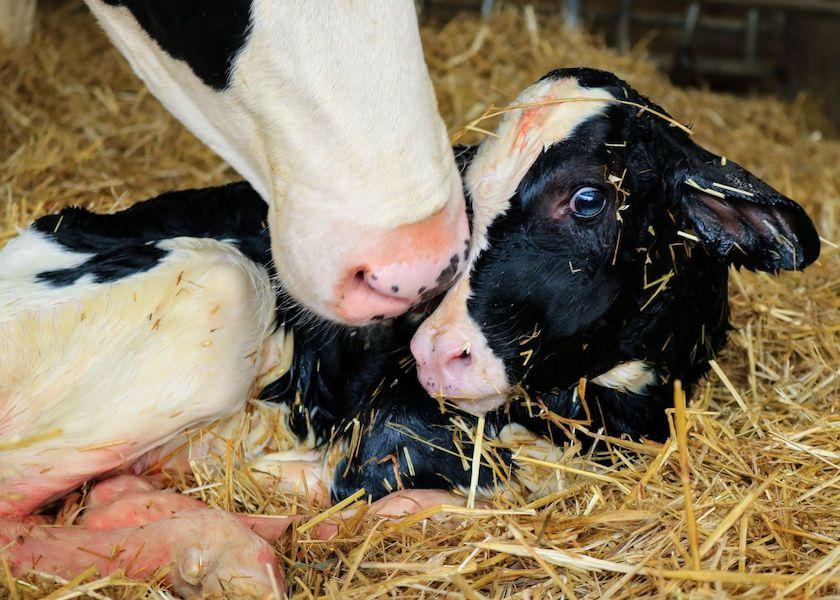Here’s Why Cows Produce Less Colostrum During the Fall and Winter

When a cow freshens during the fall or winter, have you noticed that she tends to produce less colostrum than her herd mates who calved during the spring and summer? It’s not a coincidence, yet little is known as to why this phenomenon occurs. Recent research, however, is shedding a little more ‘light’ on the situation.
A study by Gavin and colleagues conducted on a Texas dairy herd evaluated the colostrum production and quality of 2,988 Jersey cows during a year to assess possible effects of photoperiod, temperature, and cow factors on colostrum production. The average colostrum production for the herd stood at 9.4 lb. with a range of 0 to 58.4 lb. produced.
The research team noted a considerable variation in colostrum production throughout the year, with average colostrum production of 14.5 lbs. in June, 5.5 lbs. in January, and 10.6 lbs. in May. They also observed that cows with more than one lactation had a more significant decline in colostrum production from June to December, on average, compared to first lactation heifers, with 35% of them producing no colostrum in December compared to 1% of the first lactation heifers.
It was discovered that an animal’s photoperiod, also known as the amount of time a cow receives light, was the main factor that affected colostrum production. They observed that longer sunlight duration 21 days before and at calving day strongly correlated with greater colostrum yield.
A similar study conducted in Michigan found corresponding results. The study, which was conducted by Rossi and co-authors, evaluated three commercial Michigan dairy farms. It was observed that the lowest colostrum yield was produced during winter (4.5 quarts) by cows milked within 6 hours after calving when compared to the other seasons (5.7, 6.2, 5.7 quarts of colostrum during spring, summer, and fall, respectively).
While there’s no known way to prevent this season depression in colostrum yield, there are tactics farmers can take to help combat it. Banking additional high-quality colostrum during the spring and summer months can help farmers get through periods of lower colostrum production, along with the use of colostrum replacement packets when necessary.
For more on calf management, read:
- Can We Use Technology to Screen for Sick Calves?
- More Milk Could Mean Faster Healing for Young Calves
- Caffeine Perks up Calves, Too







